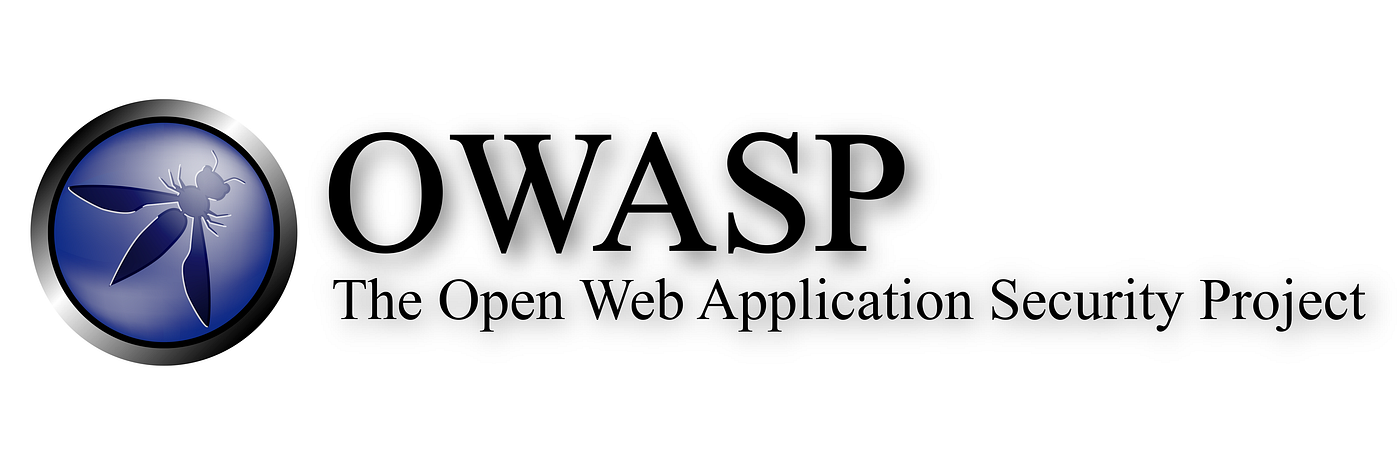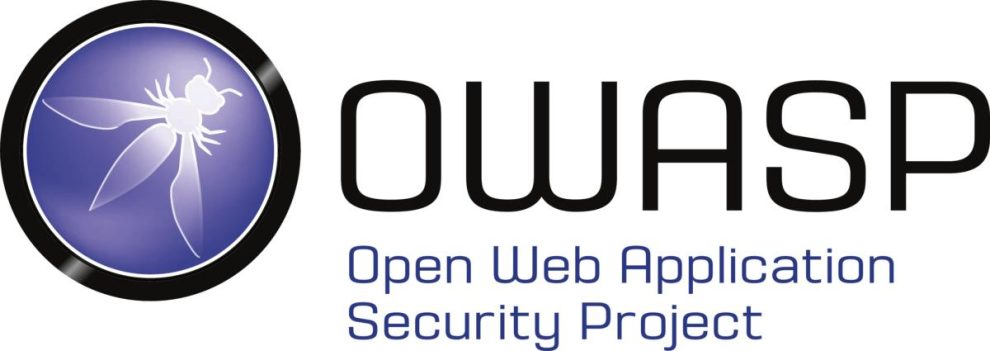With cybercrimes on the rise, proactively securing your web applications has become more critical than ever. OWASP (Open Web Application Security Project) serves as a leading authority that every security-conscious developer should follow.
Implementing OWASP’s top 10 security risks guidelines can significantly fortify your web castle against assaults. Let’s walk through these best practices to help safeguard your applications and users.
Plugging Injection Vulnerabilities (A1)
Injection attacks like SQL injection and cross-site scripting (XSS) exploit improper input validation. Attackers can trick applications into executing malicious code by inputting unsafe data.
The first line of defense is validating and sanitizing all user inputs on both the client and server side. Using parameterized SQL queries and prepared statements can also thwart SQLi attempts.
On the client-side, encode all dynamic outputs before rendering them. Tools like OWASP Java Encoder can automatically encode outputs. Configuring a content security policy also helps prevent XSS attacks.
Building a Robust Authentication System (A2)
Flawed authentication schemes rank among the most prevalent web app vulnerabilities. Weak passwords, insecure sessions, and improper account controls enable unauthorized access.
Enforcing strong password policies and resetting passwords regularly is crucial. Enable multi-factor authentication for additional verification. Use unique session IDs, tie sessions to IP addresses, and enable HTTPS across all pages.

Limit login attempts to mitigate brute force attacks. Temporary account lockouts after a few failed attempts adds another layer of security.
Shielding Sensitive Data (A3)
Compromised sensitive data leads to disastrous data breaches. Identifying and classifying sensitive information is the first step. Stringent access controls should allow only authorized users to view such data.
Deploy encryption tools like HTTPS, TLS, cryptographic hashes and salted password hashing to protect confidential data in transit and at rest. Limit privileges by adhering to the principle of least privilege.
Preventing XML External Entity (XXE) Attacks (A4)
XXE vulnerabilities in XML processors enable server-side request forgery, denial-of-service, and data theft. Fortunately, disabling external entity processing prevents most XXE assaults.
Using updated secure XML parsers like JDOM and DOM4J also protects against malicious external entities. Performing input validation provides another layer of defense.
Securing System Configurations (A5)
Misconfigured servers, unused features, and missing patcheswelcome intruders. Hardening configuration, prompt patching, and vulnerability management is crucial.
Disable unnecessary services, enforce permission restrictions, and set up intrusion detection systems. Perform frequent vulnerability scans and leverage automated patch management tools.
Validating All Object References (A6)
Direct object references let attackers illegally access data by manipulating IDs. Scrutinizing all object IDs before using them closes this vulnerability.
Verify if the current user owns the object being referenced. Additional authorization checks limit privilege escalations through tampered references.
Writing Secure Code to Combat Logic Flaws (A7)
Seemingly harmless coding errors often hide disastrous logical flaws. Input validation and stringent error handling reduces such defects.
Adhere to secure design principles that emphasize simplicity and avoid insecure functions. Automated analyzers like RIPS, RATS and Flawfinder help uncover vulnerabilities that may evade human eyes.
Mitigating Cross-Site Scripting Attacks (A8)
Cross-site scripting continues to top web app vulnerability charts. Sanitizing untrusted inputs and securely encoding outputs denudes XSS of its teeth.
Follow OWASP XSS prevention rules religiously. Tools like DOMPurify, js-xss and xss-filters provide additional protection against stored and reflected XSS attacks.
Preventing Open Redirect Vulnerabilities (A9)
Unvalidated redirects and forwards allow attackers totuplegitimately route users to phishing sites. Scrutinizing redirect destinations defends against such open redirect attacks.
Maintain a whitelist of approved domains. Perform server-side validation before redirecting requests. Using POST requests for sensitive forms adds CSRF prevention as well.
Boosting Visibility Through Log Analysis (A10)
Without adequate logging or log analysis procedures, breaches can go unnoticed for months. Comprehensive logging of access requests, transactions, errors and API calls is vital.
Invest in security event monitoring solutions like Splunk, ELK stack, or a custom SIEM system. Configure alerts for suspicious activities. Analyze logs regularly to uncover attacks before significant damage happens.
Crowning your Castle with Continuous Security
Achieving transient security through sporadic scans or piecemeal measures leaves dangerous gaps. Make security an iterative concern woven into the SDLC, rather than an afterthought.
Schedule frequent penetration testing to probe systems for weaknesses. Prioritize vulnerability remediation based on risk assessments. Promote a culture of security through training and awareness programs.
Stay updated on emerging threats and participate in the wider security community. By layering these habits of defense, your castle becomes exponentially harder to breach.
Embark on Your Quest for Web Security
As cyber threats grow smarter, security requires persistent upgrading as well. Implementing these OWASP guidelines significantly bolsters your web application security posture.
Start small but stay consistent. Progressively build defenses through secure architectures, vigilant monitoring, and continuous education. Together we can craft a safer internet.
















Add Comment